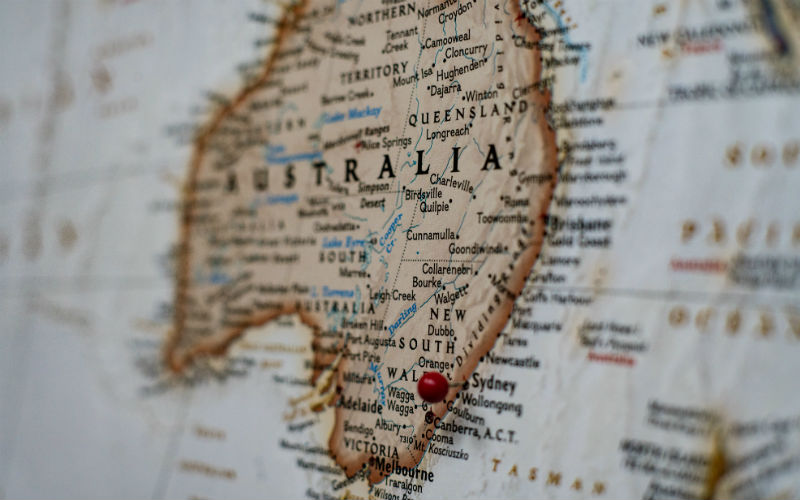Aussies are set to benefit from a raft of changes as we enter the new financial year from 1 July.
Most of these new laws will directly affect your wallet, from superannuation increases and tax changes, to childcare subsidies.
Here’s what you need to know.
Superannuation
The super guarantee rate - the minimum amount of superannuation an employer legally has to pay - will increase from 10.5% to 11%.
Under the current legislated timetable, the super guarantee rate will continue to rise for the next two years by 0.50% until it reaches 12% by 1 July 2025.
For retirees, the temporary reduction on minimum super drawdown rates will end. During the pandemic, the government lowered the rates by 50%.
See Also: Could bolstering your superannuation save you on tax?
Minimum wage
The minimum wage will be increased to $882.80 per week, or $23.23 per hour.
Award workers will get a 5.75% pay increase, taking their wages to $859.32 per 38-hour week before tax.
Childcare
From 10 July 2023, childcare subsidy rates will lift from 85% to 90% for families earning less than $80,000.
The government notes subsidy rates will then decrease by one percentage point (1.0%) for every additional $5,000 earned, until the subsidy rate reaches 0% for families earning $530,000.
Parental leave
Parental Leave Pay and Dad and Partner Pay will combine into a single 20‑week payment, with partnered couples able to split the leave between them.
Parents who are single at the time of their claim can access the full 20 weeks.
A new family income test of $350,000 per annum will see nearly 3,000 additional parents become eligible for the entitlement each year.
The government has committed to increase Paid Parental Leave to 26 weeks by 2026.
Age pension
The eligibility age for the pension will increase to 67 years old - up from 66 years and six months.
The 1 July changes will also mean singles can earn $204 a fortnight and couples $360 a fortnight, before losing their full pension.
Single homeowners can also have about $301,750 worth of assets before their full pension payment is reduced, while single non-homeowners can have $543,000.
Home-owning couples on a full pension can have $451,500 worth of assets before going onto a part payment, or $693,500 for non-homeowner couples.
First Home Guarantee Scheme
In the 2023 Federal Budget, the government announced the eligibility criteria for the Home Guarantee Scheme would be expanded.
This includes the First Home Guarantee, Regional First Home Guarantee, and Family Home Guarantee.
From 1 July, friends, siblings, and other family members will be able to jointly apply for the First Home Guarantee and Regional First Home Guarantee. Legal guardians of children will also be eligible for the Family Home Guarantee.
The Guarantees will also be available to borrowers who are permanent residents, as well as non-first home buyers who haven’t owned a property in Australia in the past 10 years.
Image by Glen Carrie via Unsplash



 Harrison Astbury
Harrison Astbury
 Harry O'Sullivan
Harry O'Sullivan

 Hanan Dervisevic
Hanan Dervisevic


